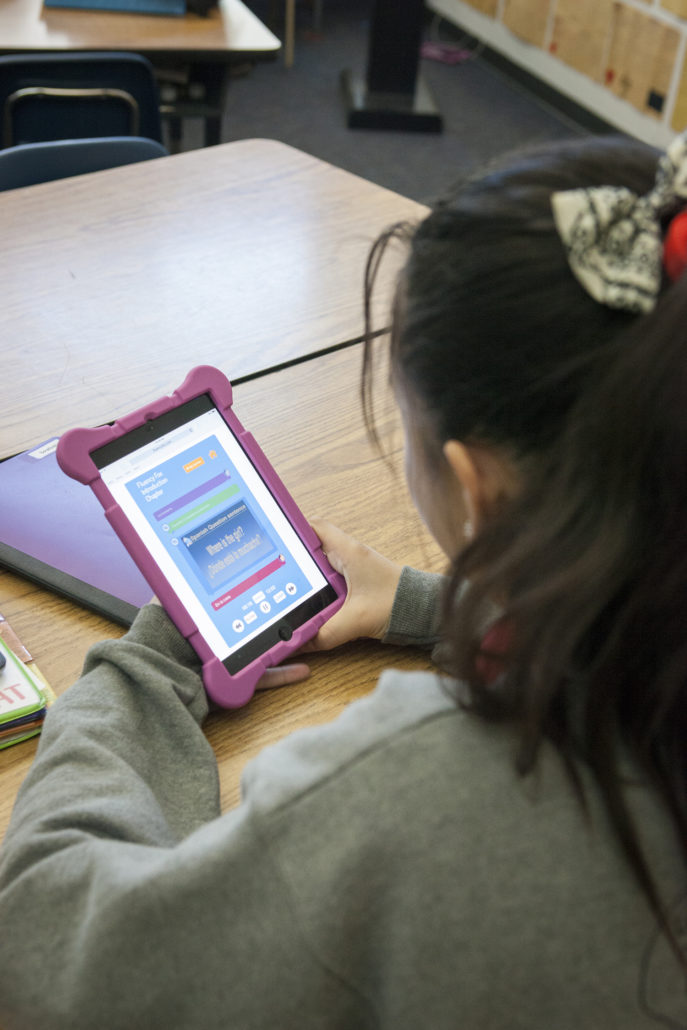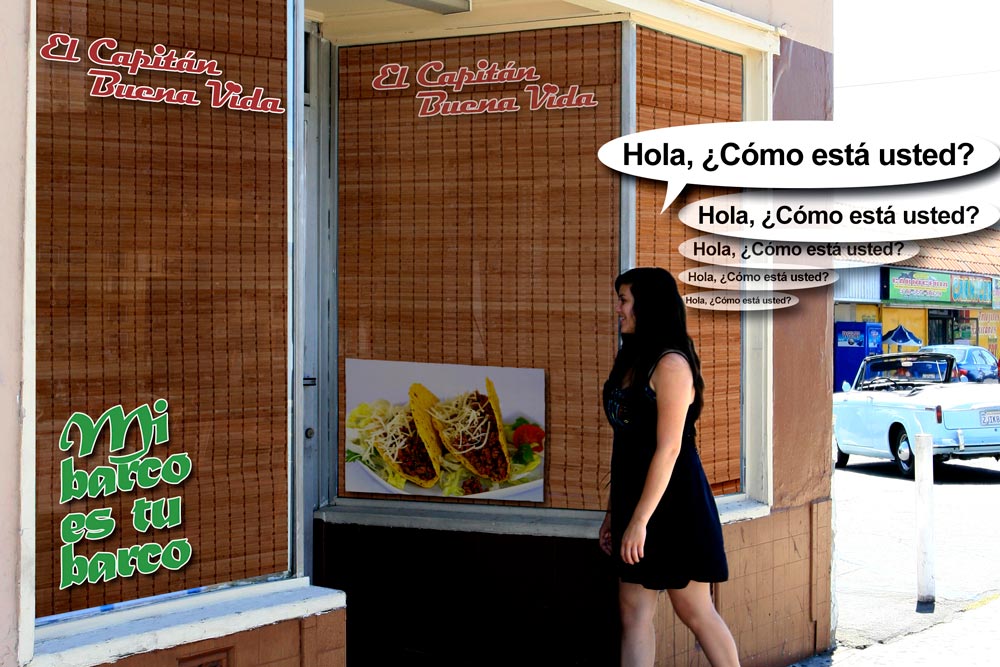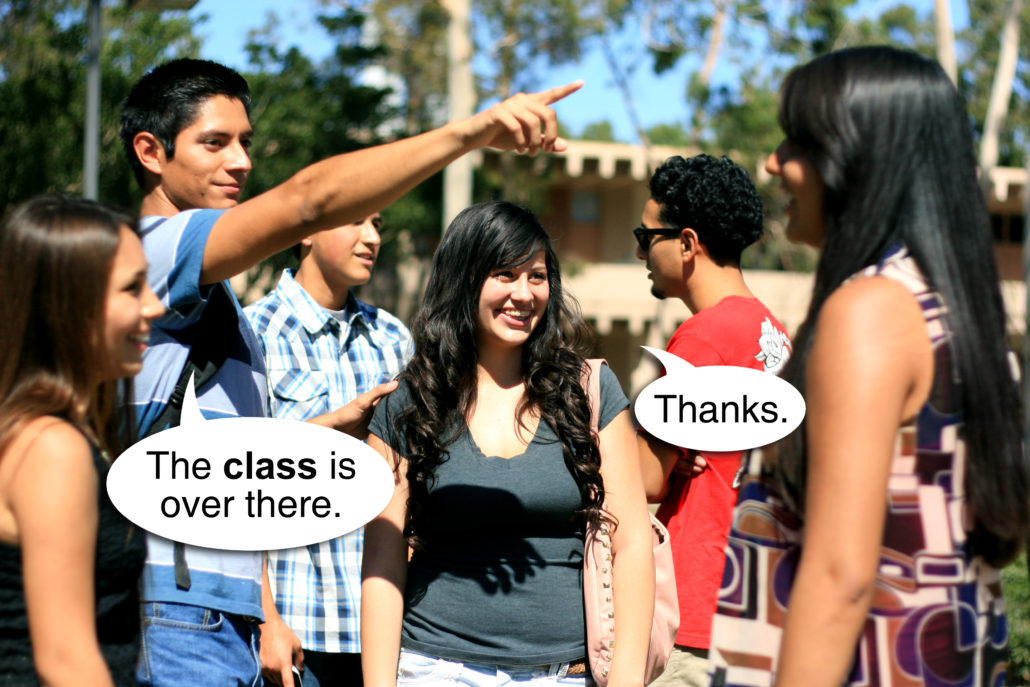The Little Language Hero: Become It!
 The Little Language Hero
The Little Language Hero
Can you remember a time, when someone did something, that inspired you to keep going, to be where and who you are now?
Let’s be clear fellow language learners… your actions inspire others.
You’re about to embark on an adventure with an ant and its colony. Together, you’ll discover that the actions of the individual, you, serve the evolution of the whole.
One night I was up late watchingTV….I had the volume on mute. . . so as to not wake anyone as I casually flipped through the channels until finally, I settled upon a program… ants in the wild..
Little did I know a seed began to grow..out of the green of the jungle..at a time just before dawn..a mob of ants swarmed en masse…their black bodies flowed like dark water.
They approached a long trough, an obstacle..carved by a trickle of running water.
For the tiny insects..it appeared much more like a vast chasm…separating them from the direction they were heading.
Picture yourself..midway through your language learning expedition..stepping out of the forest of books and flash cards and on to the steep bank of the advanced beginner level armed with words and phrases before a wide and rushing river of new adventures with native speakers below,… and remember,..your actions inspire others.
At that moment, the camera’s eye focused in on one particular unassuming ant…. poised at the head of the swarm….at the edge of the ledge…
The other side was at least 3 or 4 body lengths away.
Without hesitation, this little fellow…no name tag….no red cape….or any sort of noble crown…..extended his head and torso out and over the divide.
Suddenly another ant climbed onto his shoulders…wrapping it’s legs around it’s bug buddy below, it stuck its neck out…then there was a number three, a four, a five and six…all doing the same thing……by the time the 7th made it across the ebony plank… scores of other ants all followed suit…
Within seconds… a living bridge was built…and those that formed it were buried by the mass of bodies of those that crossed it.
Slowly, the camera pulled back, out of the swarm, millions strong, lit by the morning sun, converging at the crossing before spilling out on the other side beyond.
I never could make out my little friend again as they all marched on towards the new day…
However, I never lost sight of the lesson.
By finding the courage, to do what you can.., to get a little closer to the goal… your actions inspire others, making the impossible a path.
You see, it’s the path that I’m traveling with you.
Because as I first looked across the vast chasm of my insecurities and my ignorance while I began learning to speak a new language filled with foreign vocabulary and grammar rules, and I peered out and over that divide, between the limiting me and who I dream to be, thru those fears I saw a possibility.
That maybe, if I tried, I would make it too!
And before I knew it, the vast colony of other language learners were climbing on my shoulders with encouragement and experience, friendship and Love building a living bridge of successes.
And from that I gained a confidence, so that I can speak my truth, no matter the language, and not just feint from fear.
You and I, supporting one another, not just for me and not just for you but for all of us, we continue reaching, we continue achieving.
What is your purpose?
The little hero, the seemingly insignificant ant, me, you, through our actions, we answer that question.
It’s what MLK Jr meant when he said, “Everyone has the power of greatness; not for fame, but greatness. Because greatness is determined by service.”
You know this as well, because your decision to learn a new language…to make the effort… to risk speaking out in front of others and become stronger communicators and bridge that language gap…that example, that courage, inspires others… others like me.. to grow and to do what I’m doing now…
So this is it!
No matter how large or small the deed may be, Do it!…it may be that one encouraging word that makes all the difference…Say it!…
Find the courage to make it happen.
The courage to act, is the catalyst, the inspiration, that takes us from where we are…and leads us to where we most need to be.

 So what is the best approach?
So what is the best approach?


